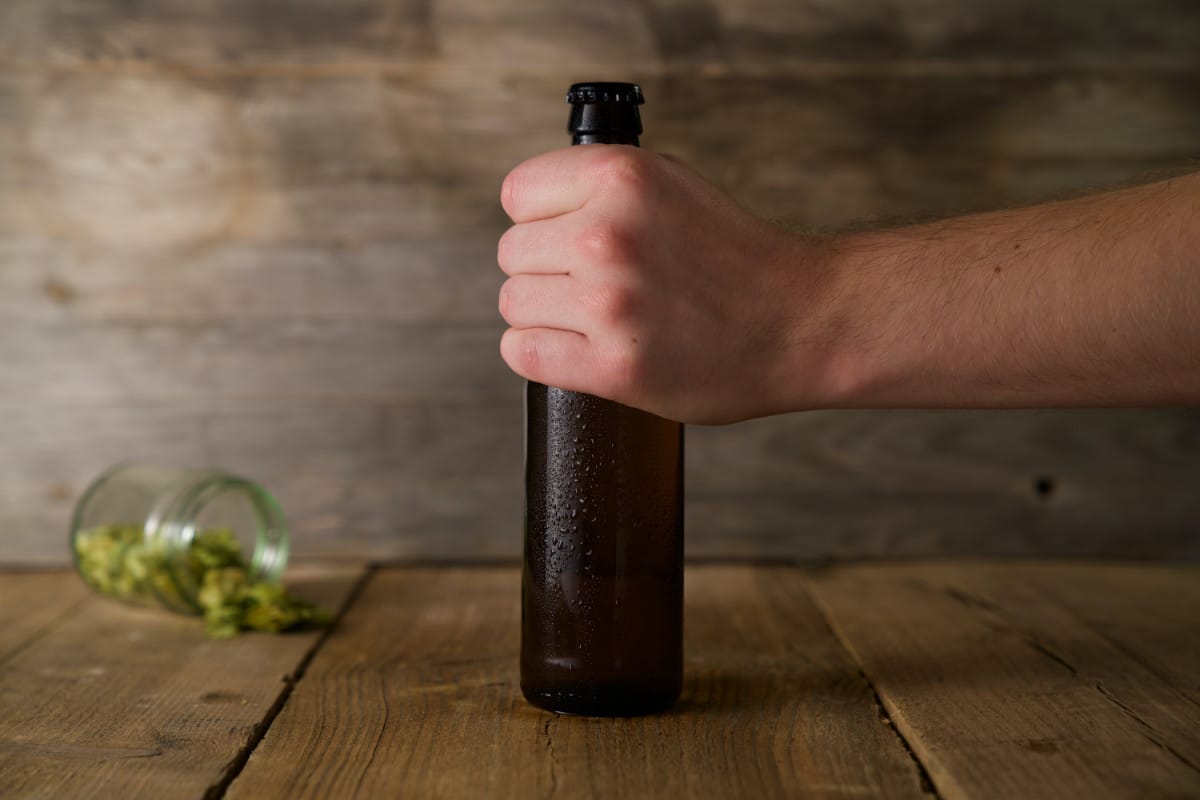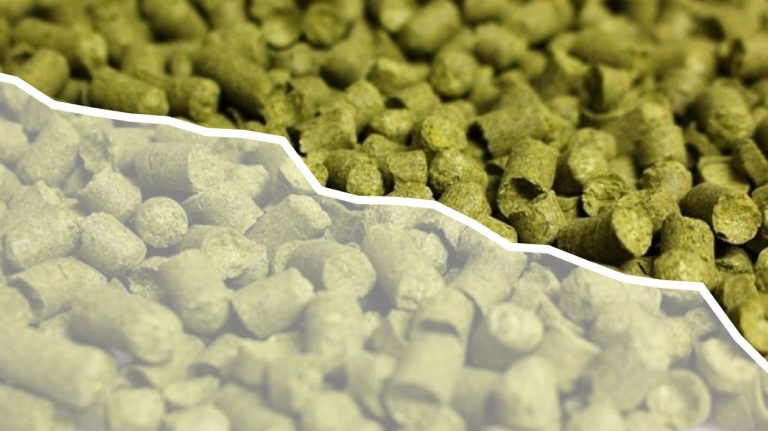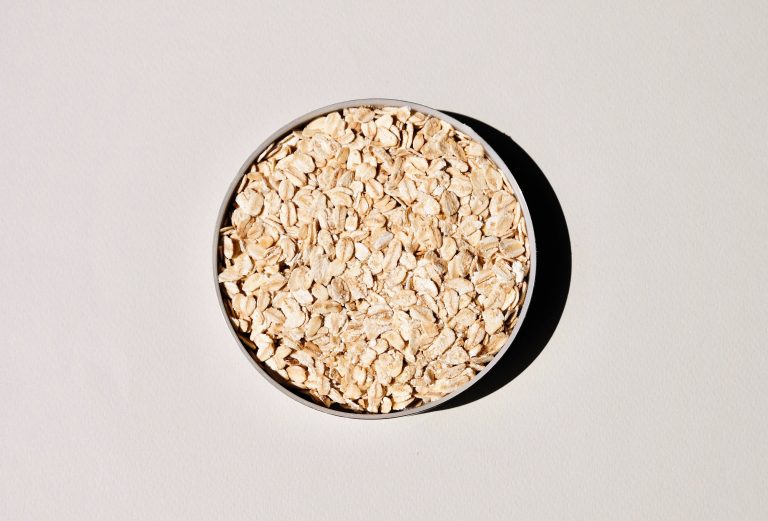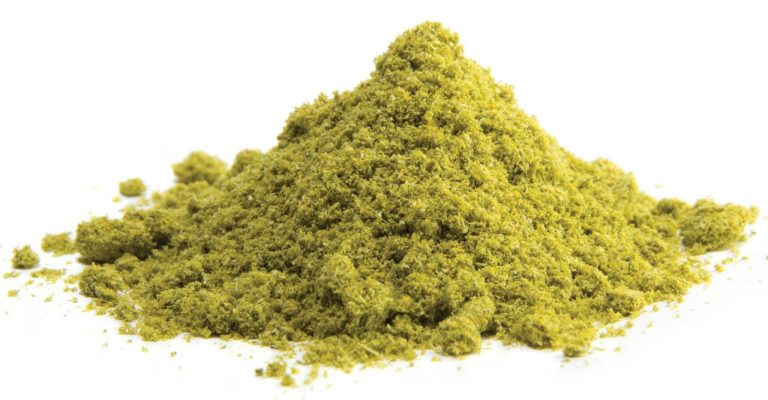Hop Induced Off-Flavors
Off flavors can come from anywhere in the brewing process. DMS stems from an incomplete boil. Diacetyl or “Green Apple” off-flavors come from various infections that usually occur during fermentation. Metallic flavors come from… well… metal.
But off flavors stemming from hops are usually less noticeable and usually harder to identify. Also, never judge a beer based on the flavor at packaging time. Many beers change dramatically between the time of packaging and when they are fully carbonated and matured.
Vegetal
- Flavor: Sulfur or canned vegetables (corn, cabbage, broccoli)
- Cause: Usually from grains or yeast. Or specific hop varieties, improper storage or simply a bad crop.
- Fix: Sulfur taste may only go away with more time inside the fermenter, and is hard to remove after packaging has occurred.
When your beer has the slight taste of cooked cabbage, broccoli, or corn, it is commonly referred to as “vegetal”. While vegetal flavors can sometimes be the result of hops, it is most commonly associated with the use of certain grains or unhealthy yeast.
Vegetal flavors in beer are caused by sulfur compounds. Do not confuse vegetal flavors with the fresh or raw vegetable or green grass aromas and flavors found in some beers.
Grains
Dimethyl sulfide (DMS) is one cause of the flavor when and is caused by the use of certain grains like Pilsner. It is usually described as having a “canned corn” aroma and flavor. DMS usually gets boiled off within 30 minutes and is not common with standard 2-row, Maris Otter or Golden Promise malts.
Yeast
Lager yeasts such as OYL-101 are the most susceptible to producing sulfur. The two most common sulfur compounds found in beer are sulfur dioxide and hydrogen sulfide. Sulfur dioxide has the aroma of a burning match or gunpowder, while hydrogen sulfide has the strong rotten egg or volcanic gas aroma to it. Both are volatile compounds that are somewhat common with lager strains, but they evaporate easy and can condition out with time.
Having a healthy batch of yeast is paramount to keeping sulfur aromas down. Pitch the right amount, provide plenty of nutrients and let time do its thing.
Hops
When hops produce a sulfur or vegetal taste, it is usually due to flavors of the specific variety being used, improper storage or simply a bad crop. For instance, Cluster hops are known to have a cat-pee or blackcurrant-leaf aroma, which can be construed as sulfur-like.
Hop growers also are sometimes a potential source of sulfites because growers often control mildew by dusting their hopyards with elemental sulfur or by burning rock sulfur in the kiln. Most of this sulfur never makes it to consumers, and even if it does – it is easily boiled away.
Grassy
- Flavor: Grassy or hay-like, plant material taste.
- Cause: Certain hops can have odd flavors. Extended dry hop times.
- Fix: Shorten dry hop times and choose the hop varieties wisely. Give the beer time to mature.
Grassy off-flavors are often incorrectly referred to as vegetal. While it is true that grass is vegetation, vegetal refers to a sulfur (egg/cabbage) smell. Grassy simply refers to a taste of plant material.
Certain hops varieties simply have flavors that are not desirable in certain styles. For example, Summit, reminds some people of garlic or scallions, while the flavor of Hersbrucker can occasionally come across as grassy or hay.
However, when home brewers pick up a grassy or hay-like flavor in beer, it is usually not simply a flavor of the hops used. Unintended grassy flavors can pop up from extended dry hop times. Studies have shown that aroma intensity was exactly the same for beers dry hopped with pellets for six hours versus when dry hopped for multiple days. This means that if you experience any grassy flavors after dry hopping, it may be wise to reduce the time the hops are in contact with the beer.
I should note that I’ve had many grassy off-flavor after dry hopping that goes away 5-10 days after packaging, sometimes more.
Hop Burn
- Flavor: Astringent, rough mouthfeel.
- Cause: Extended dry hopping times, too many hops used in dry hop, or incorrect water calculations.
- Fix: Shorten dry hop time, use fewer hops, use higher AA% hops and/or give it time (maturity).
This is the off flavor I come across most frequently with my IPAs. Some IPA recipes – like the Pliny the Elder clone – use an insane amount of hops. This can sometimes lead to hop burn, which is an astringency style of off-flavor that is akin to sucking on a tea bag or eating hop pellets.
Hop burn was an unexpected consequence of the huge dry hop charges that we see in many IPAs today. This was never too much of an issue in the past when most IPAs got all their hop flavor from the boil additions.
Beyond the sheer volume of hops being added to the fermenter post fermentation, the length of time the beer is in contact with vegetative hop matter also affects the creation of hop burn. The longer the vegetative hop matter stays in contact with the beer, the more polyphenols can be extracted, which results in a more astringent and rough mouthfeel.
Hops with higher alpha acid (AA) percentages typically have fewer polyphenols. Using hops that have the fruity character, but with fairly high AA% will help reduce the amount of hop burn. El Dorado is a popular hop that fits this description.
Scott Janish, author of The New IPA book, suggests that you don’t forget about the bittering charge. He says “To my palate, if a NEIPA is too heavily dry-hopped without enough supporting flavor from the kettle, this can increase the hop-bite astringency.”
Another noted case of hop burn or harsh bitterness is the use of too much gypsum. Make sure you know your water profile, and treat it accordingly.
I have found that slight hop burn will disappear as the beer ages, whether in bottles or a keg. For those beers that have an extremely harsh hop burn taste, it usually will not go away completely with time. I’ve even had hop burn morph into a sort of metallic flavor, especially in the Pliny clone. I am going to hold onto these beers a bit longer to see how the flavor changes, since big beers in bottles usually get better with age.






